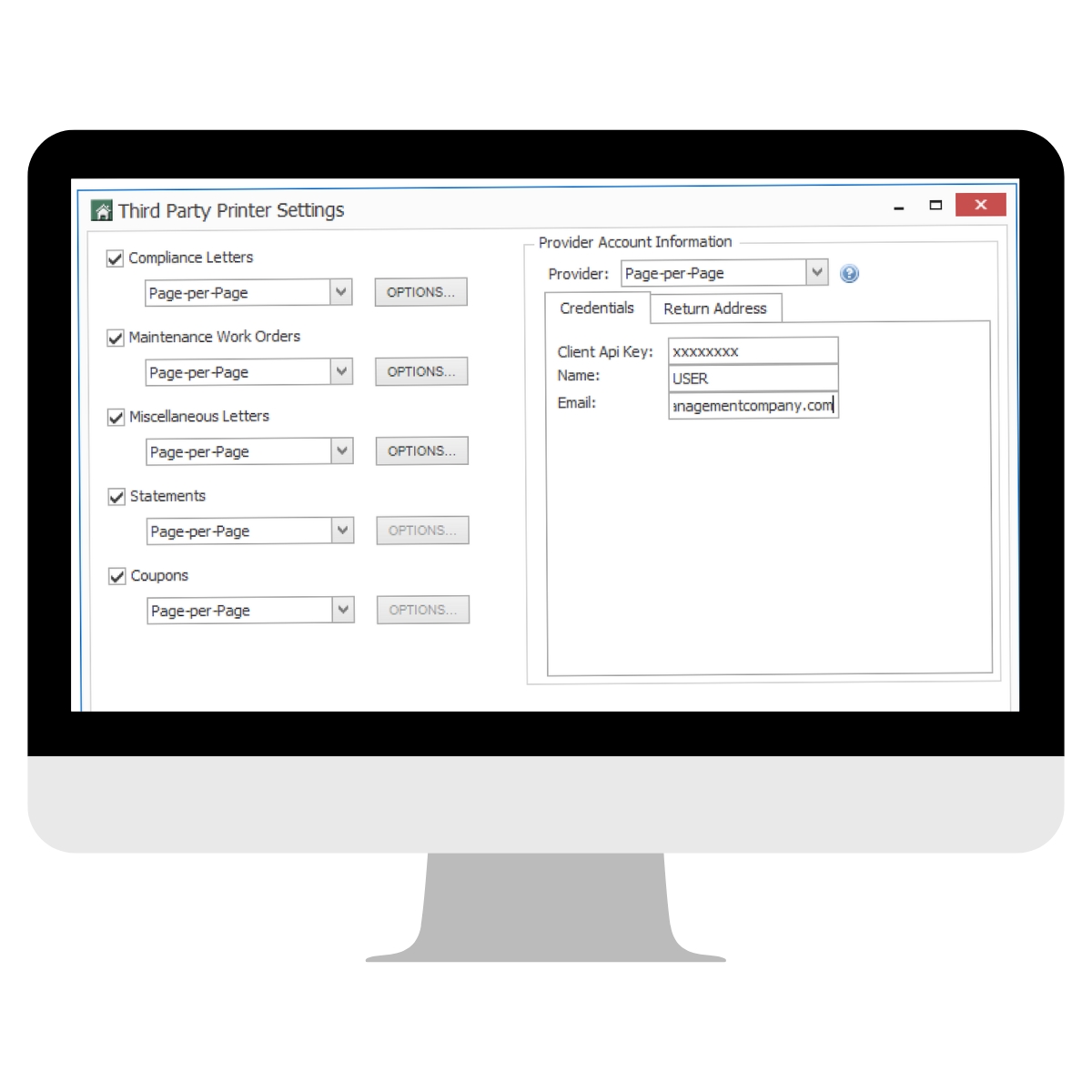How to Start an HOA: The Comprehensive Guide
If your community currently lacks an HOA and you’d like to create one, you’re in good company! There are over 370,000 HOAs in the US, representing over 40 million homeowners. That’s over 53% of owner-occupied households in the country. HOAs give residents access to attractive amenities, stabilize property values, provide safeguards against unruly neighbor behavior, and generally maintain homeostasis in the community. If you’re curious to find out how to start an HOA, we’ve got the answers. The following steps will guide you through the process.
Step 1: Make sure there is interest in creating an HOA.
Don’t put the cart before the horse, as they say. Before doing anything, make sure your neighbors are also interested in creating an HOA. Consider the following ways to spark interest and get the ball rolling:
- Survey the neighborhood: Get a pulse on your neighbors’ interest by mailing them a brief questionnaire.
- Hold a meeting: Put together an informal gathering to discuss the pros and cons of an HOA.
- Go door to door: Speak directly with community members, one-on-one, to gauge interest on a more personal basis.
If the majority of neighbors are on board but several are still unsure, you may decide to make joining the HOA voluntary. This approach gives those who are hesitant a chance to see the benefits before joining.
Step 2: Do your research on local HOA laws and procedures.
Research on your state’s HOA law is particularly important, because different states have different requirements. Referencing state property codes is crucial, as they provide legal guidelines for forming an HOA.
For example, California’s HOA laws require HOAs to provide their community members 4 days’ notice and an agenda for all open association meetings, with a strict $500 fine for failure to do so. In Texas, however, there are no specific rules for meetings, but there are several rules discussing solar panels and guidelines for energy-efficient heating.
These differences are why it’s crucial to read up on your community’s local and state laws, to ensure you don’t face legal issues down the line.
Step 3: Determine what you want out of your HOA and create a board to help you achieve it.
Everyone involved may have different ideas and wants; you’ll want to bring them all together to distill the greater goals you have in mind for the HOA. For example, do you want new landscaped common areas for the community? Requirements to keep your neighborhood visually pleasing? The ability to bring the community together? By making a collective decision, you’re more likely to get the buy-in of your neighbors, a crucial component for establishing an HOA and one that will help with electing a board.
Elect a Board
To manage the HOA effectively, you will need to have board members who are committed to carrying out the duties and responsibilities of their role. They must be trusted to make decisions in the best interest of everyone, and complete important tasks that keep the HOA running.
Common HOA board member responsibilities include:
- Dues collection and accounting
- Managing third party vendors like landscapers and mailing companies
- Diligently communicating with residents
- Sending relevant notices and demands
The board member election process has many regulations associated with it. To ensure the legitimacy of the results, it’s important to follow the following guidelines:
- Notices: Election notices vary state-by-state and can require that the HOA send multiple reminders of an upcoming vote.
- Nomination and Campaigning: You’ll need to lay out strict guidelines in the bylaws that state the requirements for candidates and self-nominations, including how someone, once nominated, can campaign.
- Ballot Requirement: It is the board’s responsibility to meet complex standards associated with HOA voting. With that said, your HOA can offer voting in different formats, such as online voting in addition to standard paper ballots.
- Quick Tip: Online voting is naturally more convenient than traditional ballots. However, some states require paper ballots even when online voting is available. Association Vote is a great tool, built specifically for HOAs, to offer online voting to their residents. Association Vote also gives the handy option for you to send paper ballots if that is indeed a requirement in your state.
Hire a Community Manager
Depending on the size of the HOA, being a board member can sometimes feel like a full-time job on a volunteer’s salary. It may make sense to hire a professional community manager to handle the heavy lifting.
If your HOA opts for community management, many of the duties formerly carried out by board members are taken on by the community manager. This transition can be made by taking these four simple steps:
- Gather and organize your internal HOA documents
- Determine your HOA’s requirements
- Interview professional community management companies
- Share the news with residents
Though the board won’t be handling many of the day-to-day tasks, they will still be responsible for overall decision making and direction of the community.
Step 4: Formally establish your HOA
Once you have determined the goals and management style of your HOA, you can start taking steps towards making it official.
- Form a non-profit or LLC to establish your HOA – Under federal law, HOAs are either viewed as corporations or can be set up as non-profits and must pay taxes based on that distinction.
- Give your HOA a name – It’s best when naming your HOA to choose something simple (i.e. Meadowland LLC).
- Write the covenants, conditions and restrictions (CC&Rs) – As the core of the HOA, the CC&Rs formalize the purpose and function of the HOA.
- Develop a budget and fee schedule – This ensures your HOA stays on financial track and members know when to expect invoices for dues.
- Create governing documents – These will need to be filed with the appropriate authorities and be included the bylaws of your HOA.
- Create an HOA website – This is one of the single most important steps in ensuring the success of your HOA. Good HOAs depend on strong communication, and it’s an area where many of them fall short. By establishing a quality HOA website, you create a dedicated space for all of communication to occur. Page Per Page offers one of the best HOA website solutions on the market, allowing you to upload important documents that homeowners may need, and hold healthy discussions in moderated forums. Having a website can help you consolidate and manage all your HOA related affairs, as well as, improve communication with HOA members.
Step 5: Maintain Communication
While excitement and enthusiasm can help get the HOA off to a great start, it’s crucial to keep homeowners in the loop after establishment. Poor communication can lead to homeowner disputes, mounting dissatisfaction, and a lack of compliance to HOA rules. It’s vital that as you develop the HOA you set a precedent for transparency.
- HOA website – As discussed above, an HOA website is a tremendous asset for maintaining communication with homeowners. It pulls their focus away from public, unmonitored social forums like Facebook and NextDoor, and gives them a place to connect to the community and board members directly.
- Direct mailers – With direct mail, you can ensure members are up to date on upcoming meetings, elections, and news.
- A welcome packet – New homeowners get an introduction to the community with a welcome packet. It’s a great place to include information on how they can access amenities, and encourage them to read over the CC&Rs.
As homeowner association experts, we strongly recommend that you develop your HOA website immediately after the board is elected and the ink is dry on the bylaws. Your website will make the difference between having a successful HOA in which residents invest their trust, and having a poor HOA with rampant miscommunication and dissatisfaction. Visit PagePerPage.com/Get-Started to set up your community website. The first year is always free!





